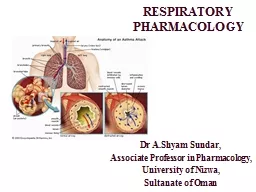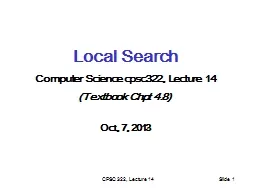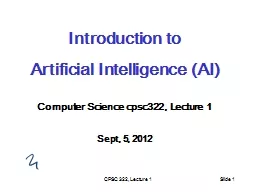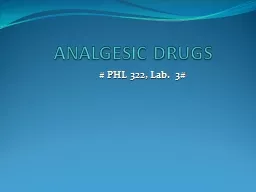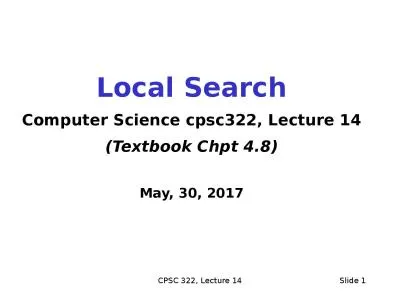PPT-Pharmacology – II [PHL 322]
Author : moistbiker | Published Date : 2020-08-07
CNS Depressants Dr Abdulaziz Bin Saeedan What is Misuse Misuse Nonmedical use or any use that is outside of a medically prescribed regimen Examples can include
Presentation Embed Code
Download Presentation
Download Presentation The PPT/PDF document "Pharmacology – II [PHL 322]" is the property of its rightful owner. Permission is granted to download and print the materials on this website for personal, non-commercial use only, and to display it on your personal computer provided you do not modify the materials and that you retain all copyright notices contained in the materials. By downloading content from our website, you accept the terms of this agreement.
Pharmacology – II [PHL 322]: Transcript
Download Rules Of Document
"Pharmacology – II [PHL 322]"The content belongs to its owner. You may download and print it for personal use, without modification, and keep all copyright notices. By downloading, you agree to these terms.
Related Documents

![PPT-Pharmacology – II [PHL 322]](https://thumbs.docslides.com/801218/pharmacology-ii-phl-322.jpg)


